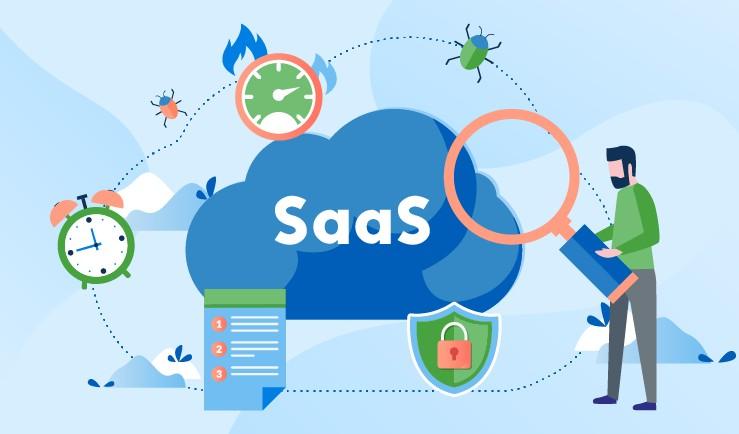SaaS testing tools are cloud-based platforms that provide functionalities for managing, automating, and executing various software testing processes without the need for on-premises infrastructure.
-
Cost-Effective: SaaS testing tools reduce upfront costs with subscription-based models.
-
Scalability: Easily scale testing resources as projects grow, without disrupting workflows.
-
Collaboration: Real-time, cloud-based collaboration for distributed teams working on testing projects.
-
Integration: Seamlessly integrates with CI/CD pipelines, project management tools, and version control systems.




